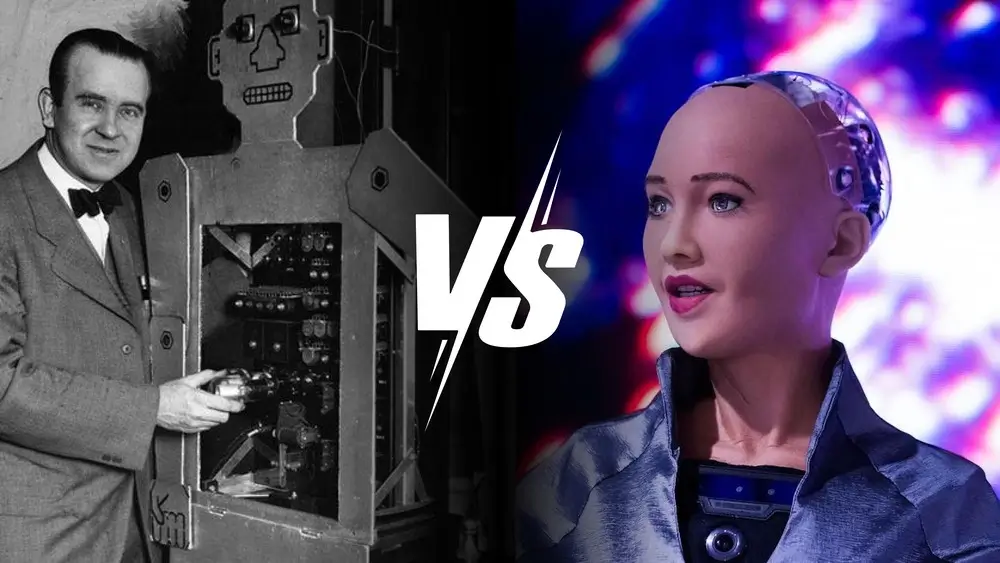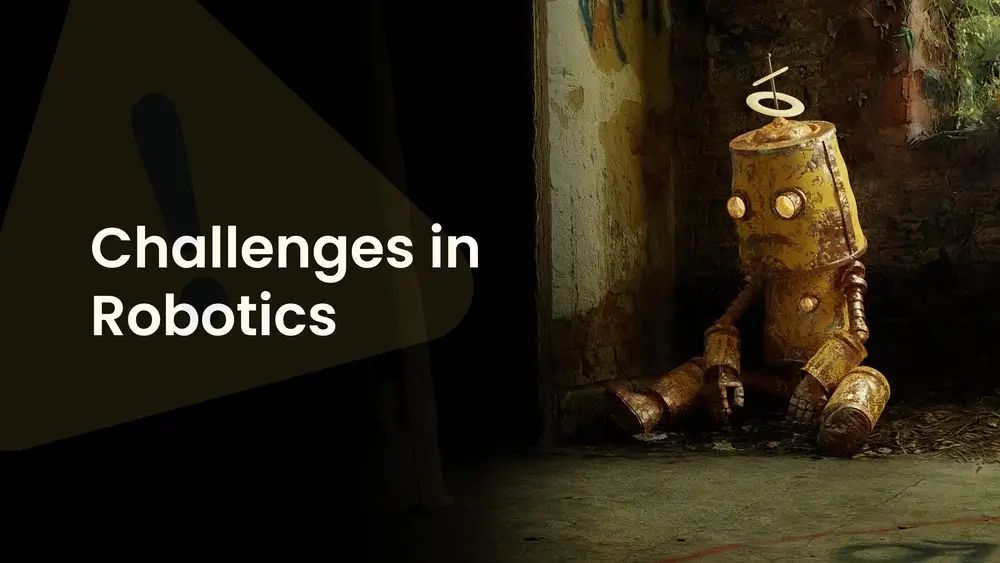In the not-so-distant past, humanoid robots were the stuff of science fiction, capturing our imaginations in books, movies, and TV shows. Today, they are becoming an integral part of our reality, thanks to rapid advancements in robotics, artificial intelligence (AI), and related technologies. Also Gen AI has transformed so many industries through it’s advancement in finance, education, healthcare, transportation, manufacturing, agriculture etc. This blog explores the rise of humanoid robots, their applications, challenges, and the future they promise.
A Brief History of Robotics

Humanoid robots, designed to resemble and mimic human behavior, have a long history. The concept can be traced back to ancient myths and legends. However, the modern journey began in the mid-20th century:
1950s-1960s: Early developments in robotics focused on industrial applications. The first humanoid robots, such as WABOT-1, emerged in the 1970s in Japan.
1980s-1990s: Advancements in computing power and AI led to more sophisticated humanoid robots like Honda’s ASIMO.
2000s-Present: The 21st century has seen exponential growth in robotics technology, with robots becoming more autonomous, interactive, and capable.
Application of Humanoid Robots

Humanoid robots are increasingly being integrated into various sectors, revolutionizing the way we live and work. Here are some key applications:
1. Healthcare
Assistive robots: Helping elderly and disabled individuals with daily tasks.
Surgical Robots: Assist surgeons in performing precise and minimally invasive procedures.
Companion Robots: Providing emotional support and companionship to patients.
2. Education
Teaching Assistants: Enhancing learning experiences by interacting with students and providing personalized instruction.
STEM Education: Encouraging interest in science, technology, engineering, and mathematics through interactive learning tools.
3. Service Industry
Hospitality: Welcoming guests, providing information, and even delivering room service.
Retail: Assisting customers with finding products and making purchases.
4. Manufacturing
Collaborative Robots (Cobots): Working alongside human workers to improve efficiency and safety.
5. Entertainment
Performers: Acting, dancing, and entertaining audiences in theme parks and events.
Interactive Exhibits: Engaging visitors in museums and exhibitions.
Challenges in Humanoid Robotics

Despite their remarkable progress, humanoid robots face several challenges that need to be addressed:
Technical Challenges
Mobility and Balance: Creating robots that can move and balance like humans is a complex task.
Dexterity: Developing hands and fingers capable of performing delicate tasks with precision.
Battery Life: Ensuring robots have sufficient power for extended periods of operation.
Ethical and Social Challenges
Job Displacement: Addressing concerns about robots replacing human workers.
Privacy and Security: Safeguarding data and ensuring robots do not pose security risks.
Acceptance: Ensuring that society is ready to accept and interact with humanoid robots.
Cost
Development and Maintenance: The high cost of developing and maintaining advanced humanoid robots remains a significant barrier.
The Future of Humanoid Robots

The future of humanoid robots is promising, with ongoing advancements likely to overcome current challenges. The future of humanoid robots is promising, with ongoing advancements likely to overcome current challenges such as limited autonomy and social interaction capabilities. As technology continues to improve, we can expect to see humanoid robots integrated into various industries, from healthcare to customer service. Here are some trends to watch:
Improved AI and Machine Learning:
Improved AI and machine learning will empower robots with enhanced capabilities to learn and adapt quickly. This will enable them to better understand and respond to complex environments and tasks, making them more effective and versatile in various applications, from personal assistance to industrial automation and beyond.
Better Materials and Sensors:
Advances in materials science and sensor technology will significantly enhance robot durability and functionality. Stronger, lighter materials will make robots more resilient and efficient, while improved sensors will enable better environmental awareness and interaction, leading to more reliable and capable humanoid robots across various applications.
Human-Robot Collaboration:
Human-robot collaboration is gaining focus, aiming to create robots that can work seamlessly with humans across various settings. These robots will assist in tasks, enhance productivity, and ensure safety, fostering harmonious teamwork in industries such as healthcare, manufacturing, and service, ultimately enhancing overall efficiency and human experiences.
Regulations and Standards:
The development of regulations and standards is crucial to ensure the safe and ethical deployment of humanoid robots. These guidelines will address safety protocols, data privacy, and ethical considerations, ensuring that robots operate reliably and align with societal values, ultimately fostering public trust and acceptance of robotic technologies.
Humanoid robots are no longer a distant dream but a burgeoning reality. As technology continues to evolve, these robots will become even more integrated into our daily lives, transforming industries and enhancing human experiences. As they become more sophisticated, their ability to understand and respond to human emotions and behaviors will improve, making them invaluable partners in daily life and work. The potential applications are vast, marking the beginning of a transformative era.
The journey of humanoid robots is just beginning, and the future holds endless possibilities.
FAQ’s
What are humanoid robots?
Humanoid robots are robots that resemble and act like humans and are designed to resemble and mimic human actions, often with a head, torso, arms, and legs.
Will robots control humans in future?
While the idea of robots taking over the world can make for an interesting sci-fi story, there's a limit to what they can achieve without human input. It's unlikely, but not impossible.
Will humanoid robots take over human jobs?
While they may replace certain tasks, they are also expected to create new job opportunities and augment human capabilities, rather than completely displace workers.
What is humanoid robots lifespan?
Humanoid robots typically have a lifespan of several years, depending on their usage, maintenance, and technological updates. Advances in materials and design may extend their operational longevity over time.
What is a Mantis Claw robot?
The Mantis Claw robot is a specialized robotic arm designed to mimic the grip and dexterity of a mantis shrimp’s claws, used for precision tasks and delicate operations. Learn more about our revolutionizing industry 4.0 with the mantis claw blog.





